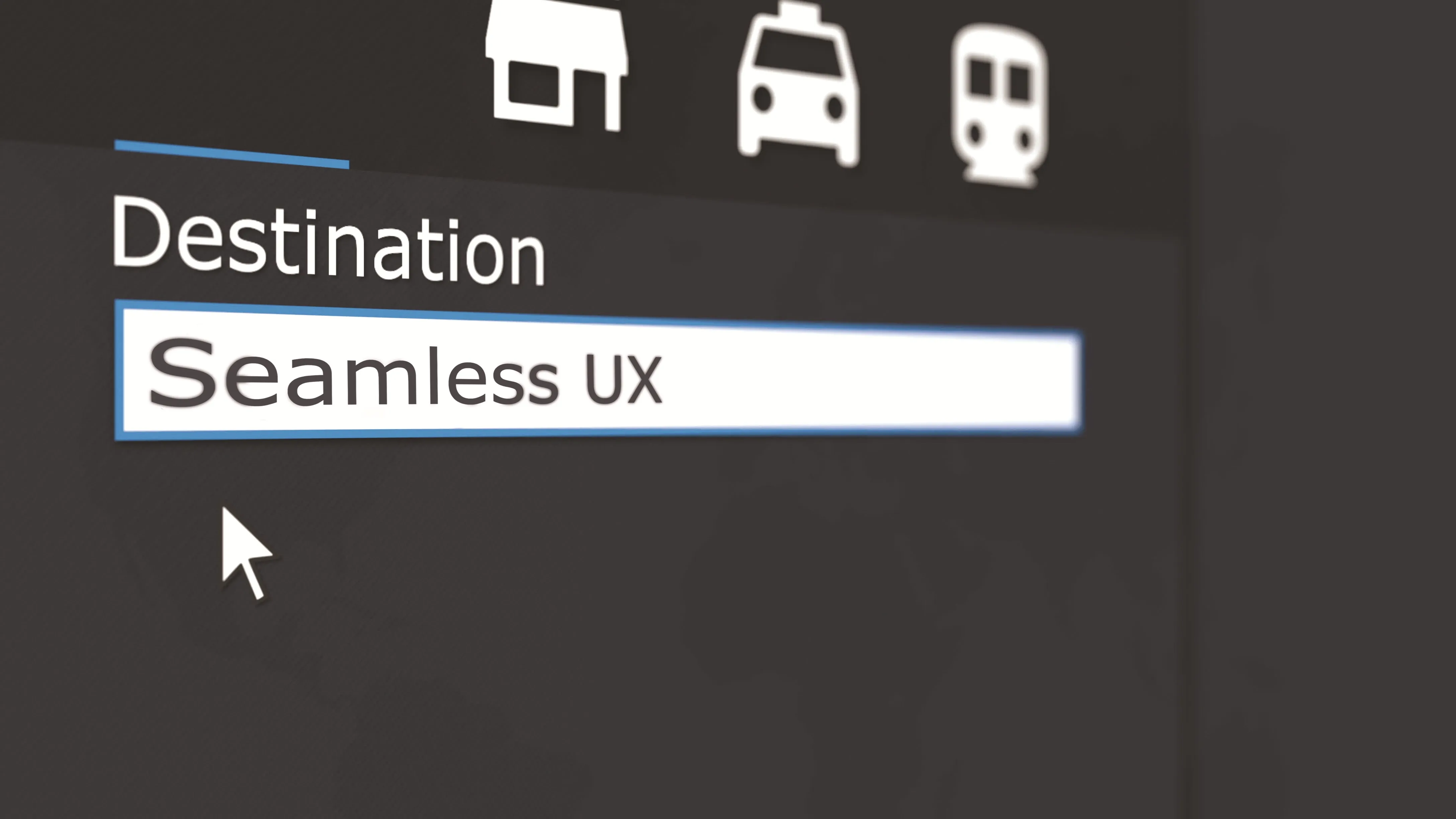The Council General for Mobility and Transport of the EU Commission is currently performing a study to determine the impact of big data on the traffic and travel industry, particularly as it applies to the growing multi-mode sector.
Claire Depré from the Council General for Mobility and Transport stated: “The overall purpose of this study is to accompany the Impact Assessment for the initiative on access and availability of multi-modal travel and traffic data in the EU. The aim of this initiative is to e
June 19, 2014
Read time: 2 mins
The Council General for Mobility and Transport of the EU Commission is currently performing a study to determine the impact of big data on the traffic and travel industry, particularly as it applies to the growing multi-mode sector.
Claire Depré from the Council General for Mobility and Transport stated: “The overall purpose of this study is to accompany the Impact Assessment for the initiative on access and availability of multi-modal travel and traffic data in the EU. The aim of this initiative is to enable fair and equal access to multi-modal travel and traffic data while improving the availability and quality of this information.”
As of 2019, the EUC will decentralise rail across Europe putting an end to long lasting monopolies. This study is poised to speed up the process as multi-modal search engines like GoEuro and RouteRank already give consumers access to the booking of rail transport options across the continent. With1691 Google's recent addition of transportation data to their maps feature in the UK and Amadeus' increased focus on rail, the results of this study are sure to have a wide-reaching impact.
Naren Shaam from GoEuro said: “The rail market is the ultimate frontier in travel meta-search and the multi-billion Euro market is there for anyone brave enough to undertake the massive task of simplifying and standardising the continent's current approach to train travel.”
Claire Depré from the Council General for Mobility and Transport stated: “The overall purpose of this study is to accompany the Impact Assessment for the initiative on access and availability of multi-modal travel and traffic data in the EU. The aim of this initiative is to enable fair and equal access to multi-modal travel and traffic data while improving the availability and quality of this information.”
As of 2019, the EUC will decentralise rail across Europe putting an end to long lasting monopolies. This study is poised to speed up the process as multi-modal search engines like GoEuro and RouteRank already give consumers access to the booking of rail transport options across the continent. With
Naren Shaam from GoEuro said: “The rail market is the ultimate frontier in travel meta-search and the multi-billion Euro market is there for anyone brave enough to undertake the massive task of simplifying and standardising the continent's current approach to train travel.”









